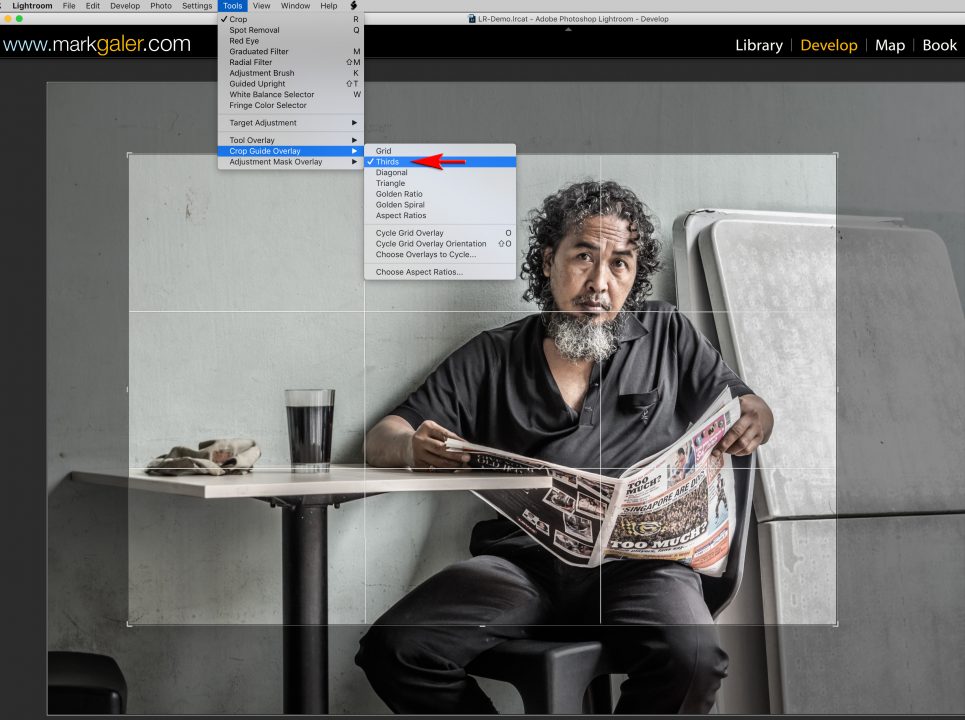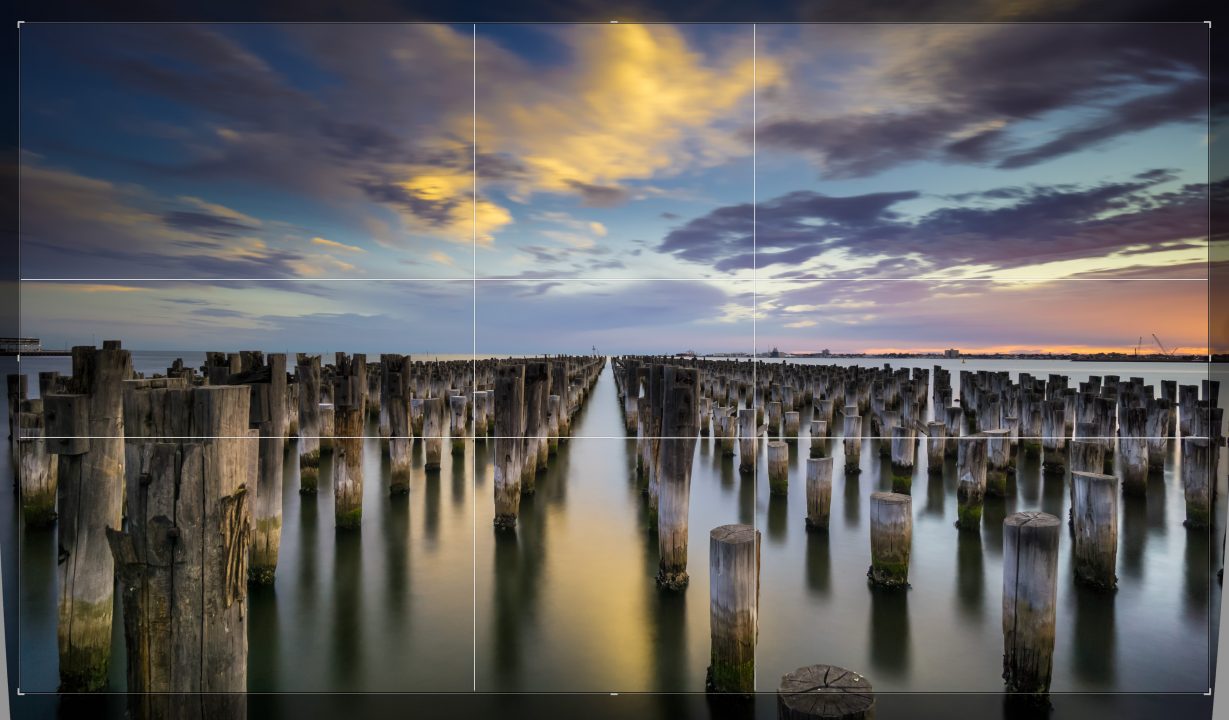Blog, Capture, Learn, Tips and Techniques
Capture: Framing the Image – Improving your Composition
‘What’s really important is to simplify. The work of most photographers would be improved immensely if they could do one thing: get rid of the extraneous. If you strive for simplicity, you are more likely to reach the viewer.’
William Albert Allard, a National Geographic photographer.
An essential skill of framing is to view the subject in relation to its background. This relationship between subject and background is often referred to as ‘figure and ground’. Many photographers stand too far away from the subject. In a desire to include the entire subject, their photographs become busy, unstructured and cluttered with unwanted background detail. This extra detail can distract from the primary subject matter. If a photographer moves closer, or chooses an alternative vantage point from which to take the image, distracting background can be reduced or eliminated. With fewer visual elements to be arranged the photographer has more control over composition. If background detail does not relate to the subject the photographer should consider removing it from the frame. Unless the photograph is to act as a factual record the need to include everything is unnecessary.
The Dance of Photography
When we are first attracted to an interesting subject to photograph, the next step to composing our shot should be to consider the background. Our position or ‘vantage point’ in relation to the subject can radically change the background content and this, in turn, can have an enormous impact on the composition of our image. If we consider that there are three main elements at play (not two), figure, background and the photographer (our own position in relation to the other two), we can quickly understand the primary influence our own position can can have on the process of designing our image. I call the task of finding the optimum vantage point to capture the image the ‘dance of photography’. There are numerous techniques we can employ to simplify our background and remove unwanted distractions or content that does not relate to our primary subject matter. I have outlined some of these below. They include choosing a:
- High vantage point
- Low vantage point
- Camera tilt
- Wide Aperture
- Telephoto Lens
- Slow shutter speed
- Zoom or closer vantage point
- Repositioning your subject
- Background with fewer colour or tonal differences
- Post-production crop
- Clone Stamp or Spot Removal Tool














Cropping in Lightroom
It is not always possible to create the perfect composition in camera. Sometimes we need to shoot in haste or prioritise focus over framing. An essential design tool is the Crop Overlay in Lightroom.
Following the Rules
There are some rules of design that photographers often like to observe, such as the ‘Rule of Thirds’ or ‘Golden Ratio’. Although I am aware of these rules when I am framing an image, or cropping the image in post, I personally do not like to restrict myself to the confines of these ‘rules’. Rules, I believe, were sometimes meant to be broken. I think it is enough to invite many photographers, who are looking to create a good composition, to consider why they are placing the focal point of the image in the centre of the frame. The viewer’s eye will then be invited to move around the image if the focal point is place off-centre, and this usually makes for a more dynamic viewing experience.




The way we choose to frame our images often defines who we are as photographers. We can choose our subject matter and also what we want to say about them. Out choice of framing changes not only the design, but also the communication, and this is an essential tool in the construction of visual narratives. There are, of course, lots of additional techniques that we can employ when designing our images that I have not had time to address in this blog post, e.g. the image above, titled ‘The Struggle’ employs a limited colour palette, careful control of light and shade and leading lines to take our eye to the focal point of the image. When faced with a lone tree on a windswept high pass, my challenge is to highlight what I want the viewer to focus their attention on when viewing my image. My vantage point, what I choose to include and exclude are my primary tools that I have at my disposal to ensure that my communication is effective. My primary advice for someone looking to create stronger compositions, however, is to ‘Simplify’. Exclude clutter that does not support your chosen communication. In this way I believe your images will communicate more effectively.
Mark is a Global Imaging Ambassador for Sony, an experienced educator and an Imaging Ambassador for Adobe. As well as public speaking he offers training in the form of creative workshops and one-on-one training.
